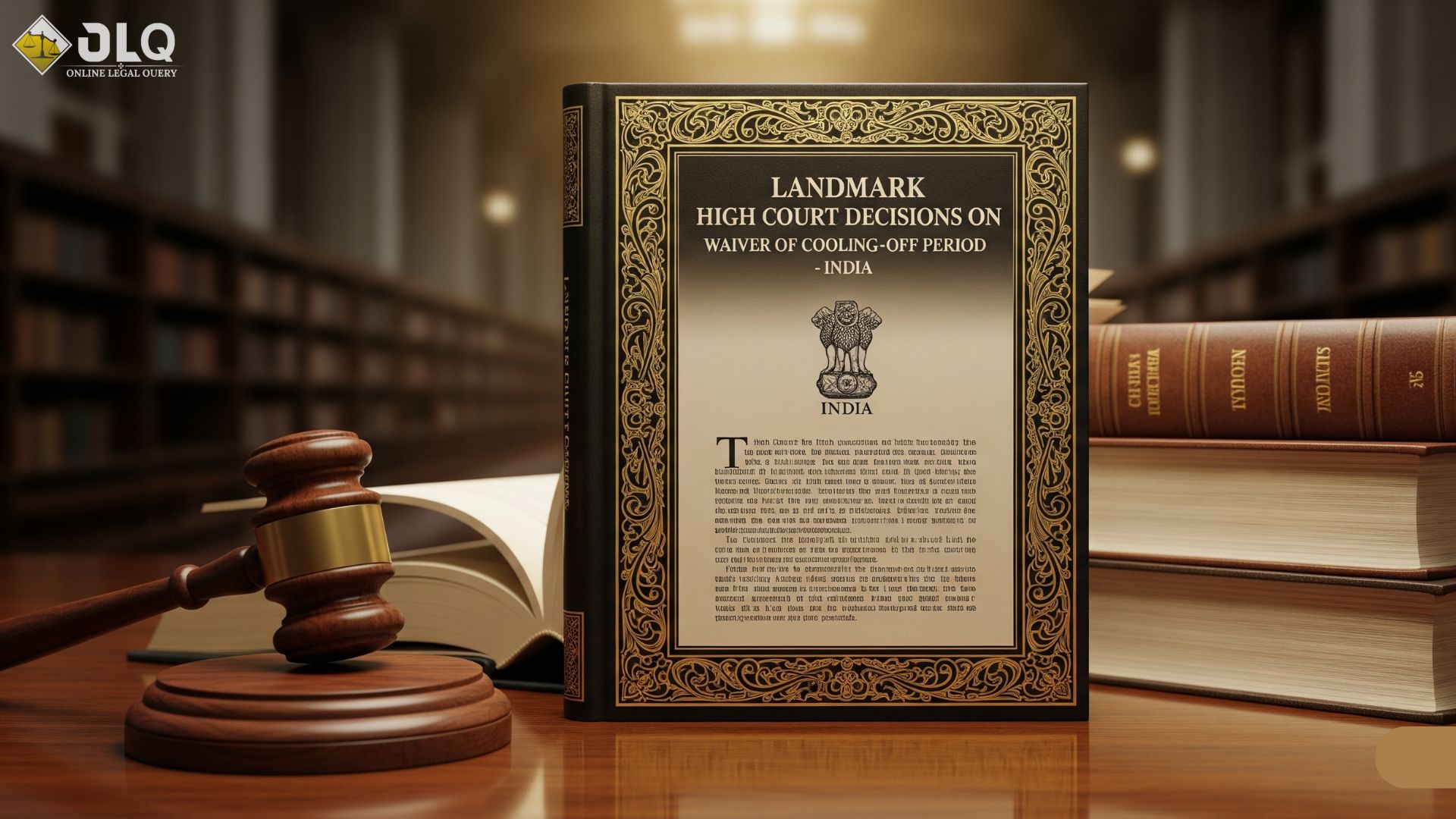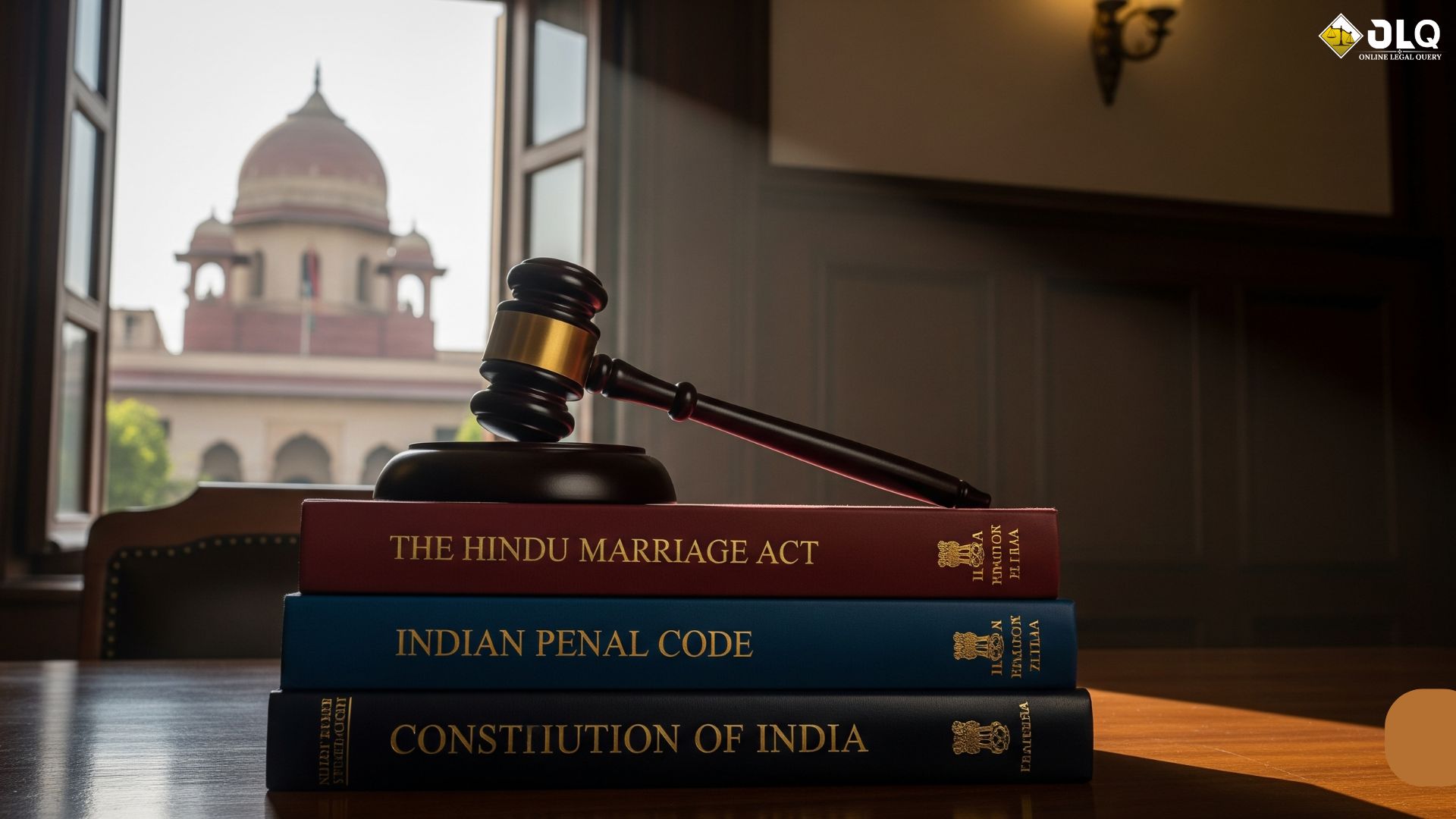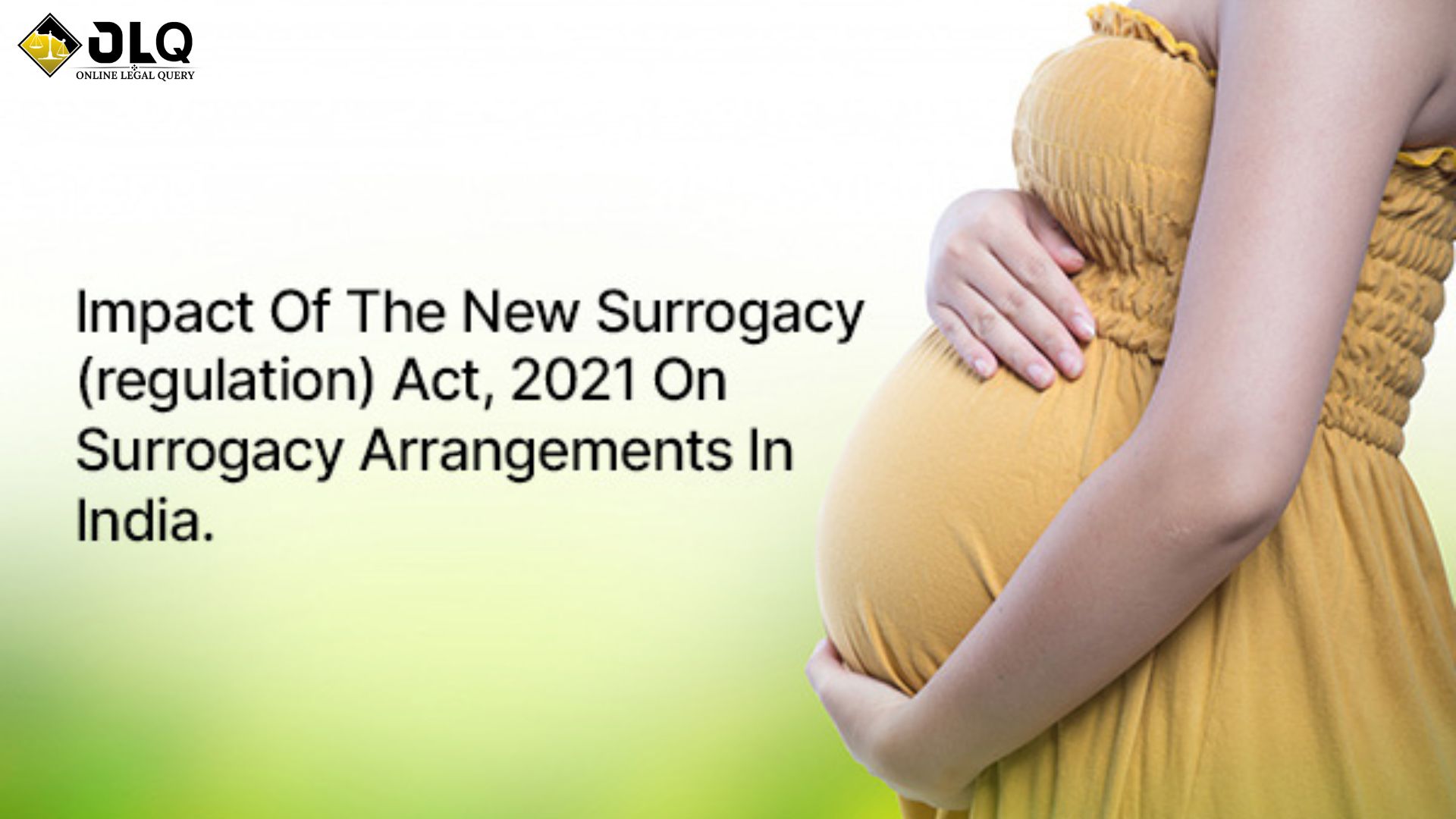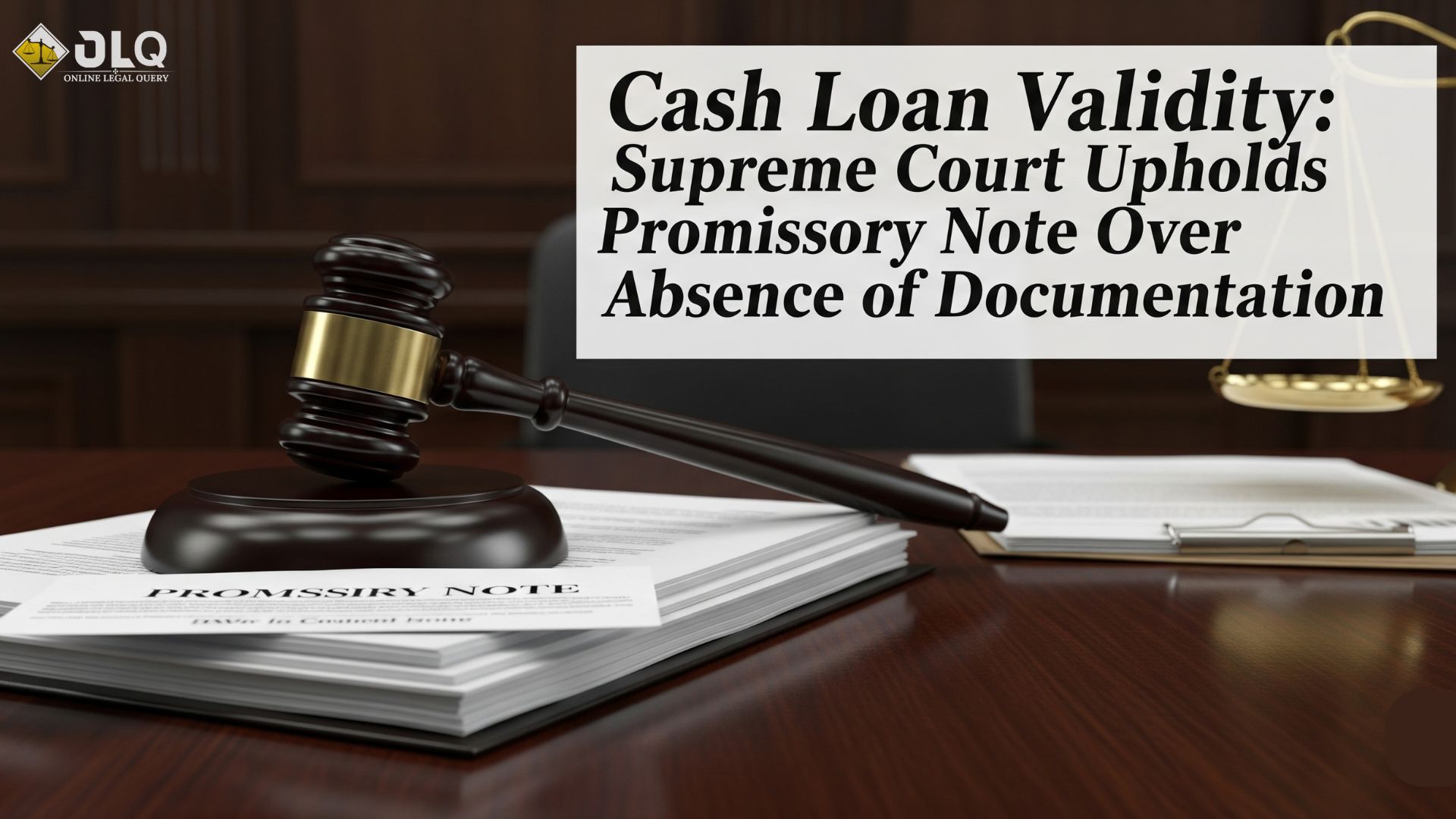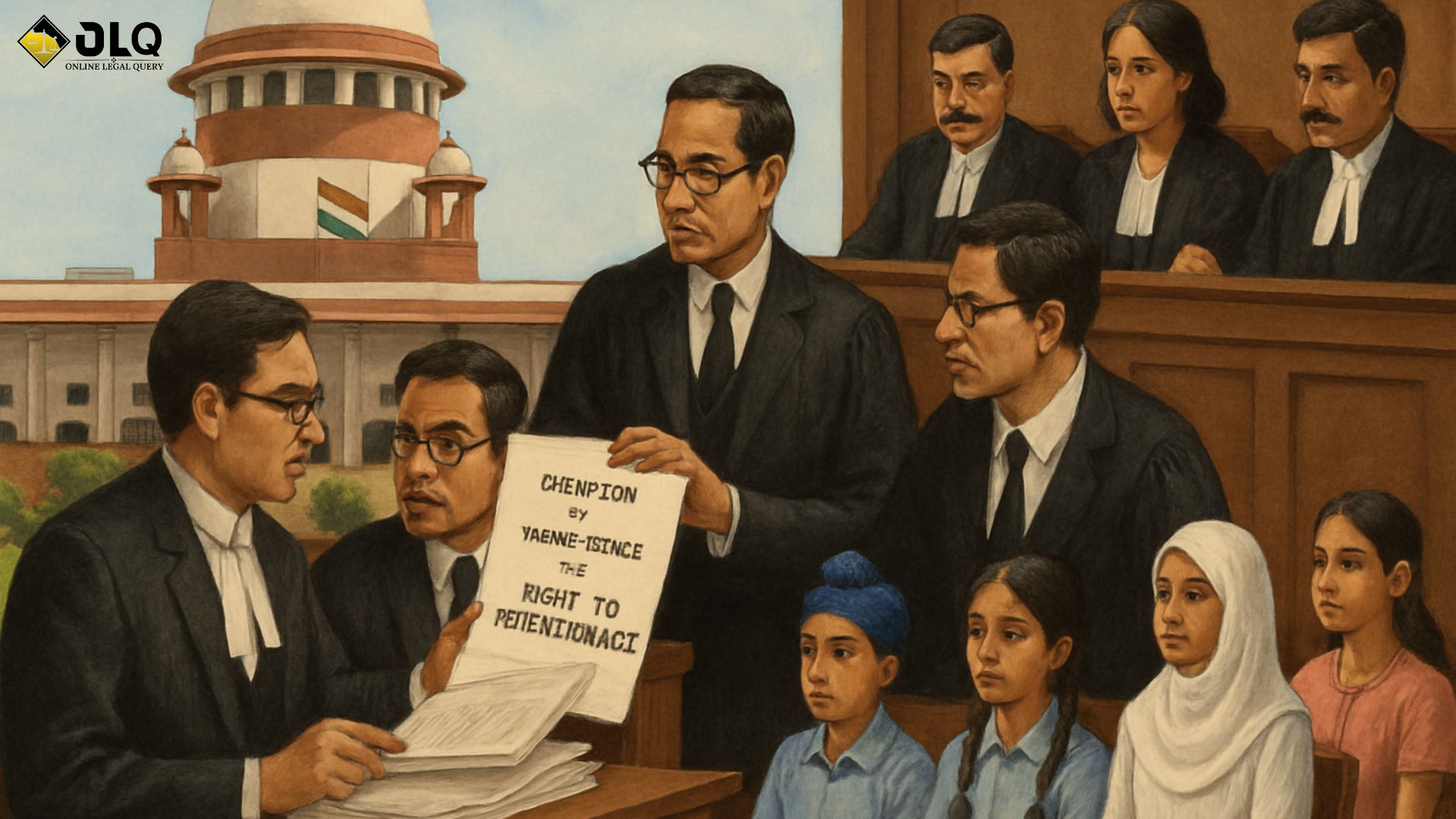INTRODUCTION
India’s family law landscape has been shaped by several landmark High Court and Supreme Court decisions regarding the waiver of the cooling-off period in mutual consent divorces. Traditionally, Section 13B(2) of the Hindu Marriage Act, 1955, imposes a six-month waiting period between the initial filing and the final motion for divorce by mutual consent, to provide couples an opportunity to reconsider. However, Indian courts have, over the years, clarified that this period is not rigidly mandatory, opening doors for quicker resolutions in cases where a marriage has irretrievably broken down.
Legal Background: Section 13B(2) of the Hindu Marriage Act
Section 13B(2) specifies that after the first motion of mutual consent divorce is filed, the couple must wait a minimum of six months (but not more than 18 months) before the second motion can be presented. This period—commonly known as the "cooling-off period"—is meant to encourage potential reconciliation and prevent hasty dissolutions of marriage.
Supreme Court’s Landmark Ruling: Amardeep Singh v. Harveen Kaur AIR 2017 SC 4417
In 2017, the Supreme Court delivered a landmark judgment that transformed the approach to the cooling-off period. The Court clarified that this period is directory, not mandatory, and that courts are empowered to waive it based on the facts and circumstances of each case. The waiver is allowed particularly when the statutory waiting would merely prolong the parties’ agony, serve no constructive purpose, and reconciliation is impossible.
Key criteria established in Amardeep Singh’s case include:
- The parties have lived separately for more than 18 months
- All efforts at conciliation and mediation to reunite the couple have failed
- The parties have genuinely settled their disputes, including issues of child custody, alimony, and property
- Continuation of the waiting period would be unnecessary or cause further hardship
Application and Other Significant High Court Judgments
Following Amardeep Singh, High Courts have applied these principles in several notable cases:
- The Bombay High Court reiterated that family courts must waive the cooling-off period if all issues—like alimony and custody—are amicably resolved and the legal requirements under Section 13B are met, as seen in rulings as recent as 2024.
- The Delhi High Court granted similar waivers, ensuring that the directory nature of the provision is respected when parties have been apart for a substantial time and completed all legal settlements.
- Other courts, like those in Rajasthan and Madhya Pradesh, have consistently waived the waiting period where it would serve no purpose and only prolong hardship, provided the marriage had clearly and irretrievably broken down.
Factors Considered by Courts for Waiver
When considering a waiver application, courts look into:
- Duration of marriage and separation
- The existence of genuine settlement between the parties (alimony, child custody, etc.)
- Attempts at reconciliation and mediation
- Any pending litigation or related proceedings
- Hardship or unnecessary suffering caused by the waiting period.
Recent Developments
Recent High Court orders, such as the 2024 Bombay High Court directive, have further reaffirmed that family courts must be proactive in waiving the cooling-off period when statutory conditions are met and parties’ interests are safeguarded. This judicial trend aids in expeditious decisions and reduces emotional trauma for parties in dead marriages.
Conclusion
The evolution of judicial interpretation on the cooling-off period underscores the courts’ priority of balancing the intent of reconciliation with the practical realities of marital breakdown. High Courts, guided by the Supreme Court’s precedent, have empowered family courts to facilitate swift and just separation where reconciliation is impossible and all disputes are settled. These decisions ensure that the law remains sensitive, humane, and responsive to the needs of those seeking a dignified exit from failed marriages.
